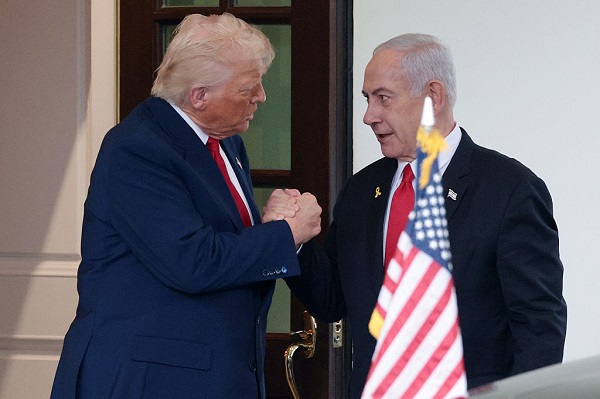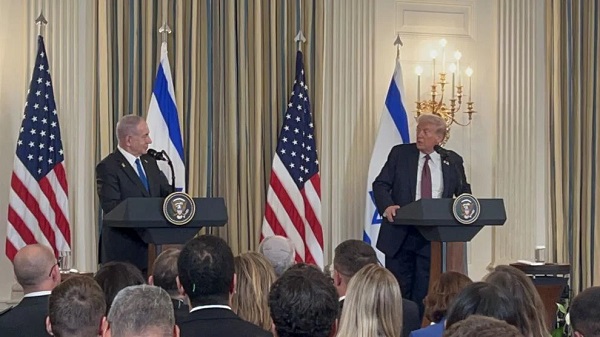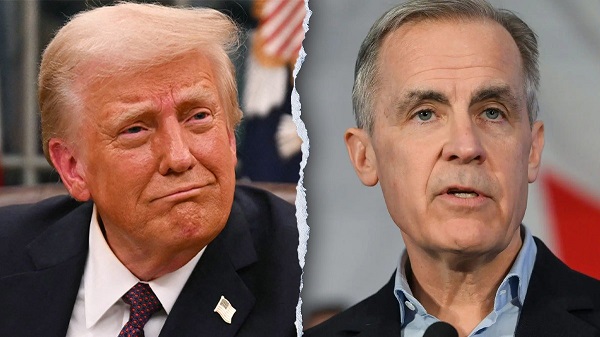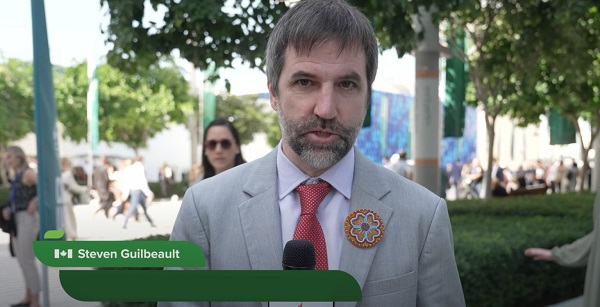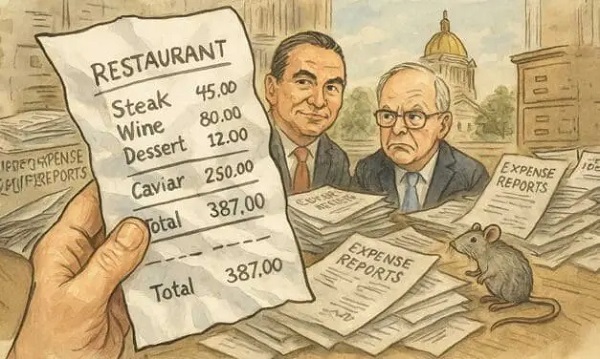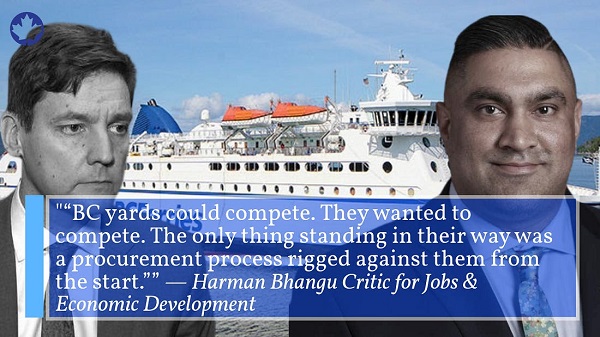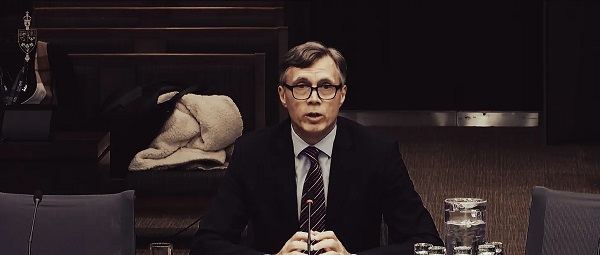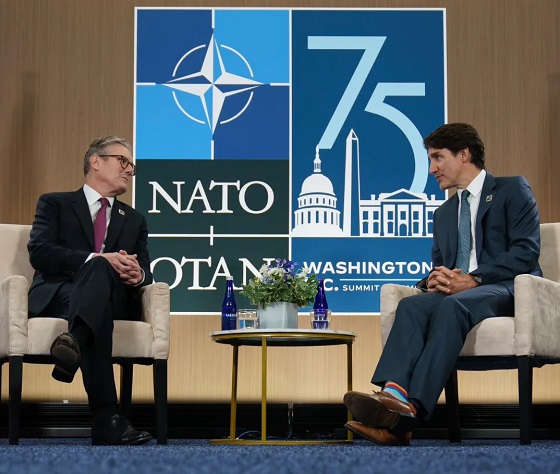From The Center Square
Negotiating continues as the freedom of over 40 Israeli hostages lies on the line, a week after President Donald Trump welcomed Israeli Prime Minister Benjamin Netanyahu to the White House to announce a peace plan between Israel and Hamas.
Trump said in a Truth Social post that talks are “proceeding rapidly” and have been “very successful” between Hamas and conduits negotiating for a peace deal, with an emphasis on the release of hostages.
The update comes as negotiators meet Monday, with the president saying the groups are working through to “clarify the final details.”
Despite progress being made in the talks, Trump would like to see a deal or resolution agreed upon soon.
“I am told that the first phase should be completed this week, and I am asking everyone to MOVE FAST. I will continue to monitor this Centuries old ‘conflict.’ TIME IS OF THE ESSENCE OR, MASSIVE BLOODSHED WILL FOLLOW — SOMETHING THAT NOBODY WANTS TO SEE!” the president wrote.
Netanyahu is hopeful the negotiations will lead to the release of the remaining surviving hostages, saying the country is “on the verge of a very great achievement.”
The negotiations come days after Trump issued an ominous warning to Hamas, after days had passed without a response from the terror group.
In a Truth Social post Friday morning, Trump told Hamas leaders that they had until 6 p.m. Sunday, Oct. 5, Washington, D.C. time, warning this is their last chance or “all HELL” will break loose.
“If this LAST CHANCE agreement is not reached, all HELL, like no one has ever seen before, will break out against Hamas,” the president posted.
The warning appeared to work; within hours, Hamas agreed to release the remaining Israeli hostages; however, it had not yet agreed to the president’s proposed 20-point peace plan.
The peace plan announced on Monday during a joint press conference between Trump and Netanyahu was agreed to by the Jewish State, as well as several Arab and European countries.
The 20-point plan calls for the return of the remaining surviving Israeli hostages within 72 hours of approval of the deal. It also calls for the return of Hamas prisoners.
Both Trump and Netanyahu warned the terror group of grave consequences if the deal is rejected, which both leaders stand by.
“If Hamas rejects your plan … then Israel will finish the job by itself. This can be done the easy way or it can be done the hard way. But it will be done. We prefer the easy way, but it has to be done,” the prime minister told reporters. Trump said that he would support Israel if Hamas failed to agree to peace,” Netanyahu said during last week’s joint press conference.
The negotiations come as Israel marks the second anniversary of the Oct. 7th attacks, resulting in the deaths of nearly 1,200 people, including children and American citizens.
